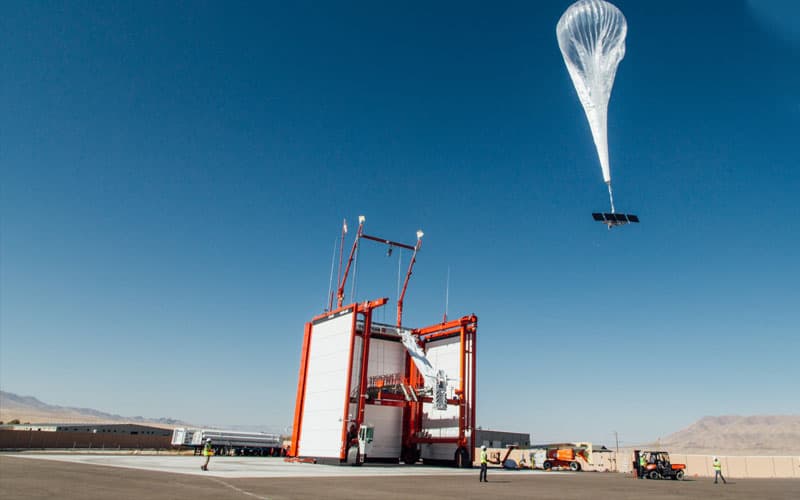
It’s four years now since we started hearing of plans to beam down fast internet capabilities from space. We all ignored it largely as a) we were all enjoying decent speeds at home anyway and b) it was all the words of sci-fi and billionaire tech-owning super-villains.
As usual, collectively we probably missed the point. The technology was largely being planned out to bring the internet to areas of the planet that weren’t used to just getting a low ping rate for Call of Duty or ensuring a 4k Netflix movie streamlined perfectly without buffering.
Three companies all those years ago, SpaceX, Google, and Facebook all had their own plans. SpaceX would use almost 5,000 satellites that they would launch and create a global internet WIFI hotspot – like the one at Starbucks but, well, way cooler. Thinking about it, they should have called it STARbucks. There was a deal to be done there. Elon, call me, let’s talk.
Facebook had plans to do something similar with solar-powered drones and Google meanwhile had Project Loon on the go, a series of giant balloons housing electronics that would beam down “the internet” from up in the sky.
Like I said. Super-villains.
Anyway, largely we forgot about all of this stuff. Even Facebook abandoned its drone idea in 2018, but this week, the other two plans(plots?) got off the ground.
Google Loon’s 49 foot wide balloons went into action in Kenya over the last few days and registered a download speed of 18.9Mbps, which while not being earth-shattering by today’s standards, it’s still highly respectable, even before you think it’s coming from a balloon in the sky powered by solar energy!
SpaceX meanwhile has started looking for beta testers for Starlink, it’s spacey internet service. Elon’s company has launched over 500 satellites of the projected 4,425 but this seems to be enough to get testing underway
According to the Alliance for Affordable Internet, over half of the world’s population now has internet access—but a large percentage of that is low-quality, meaning they can’t use features like online learning, video streaming, and telehealth. A 2019 report by the organization found that only 28 percent of the African population has internet access through a computer, while 34 percent have access through a mobile phone.
All these steps forward will surely help the entire planet connect together more easily which can only ever be a good thing.
